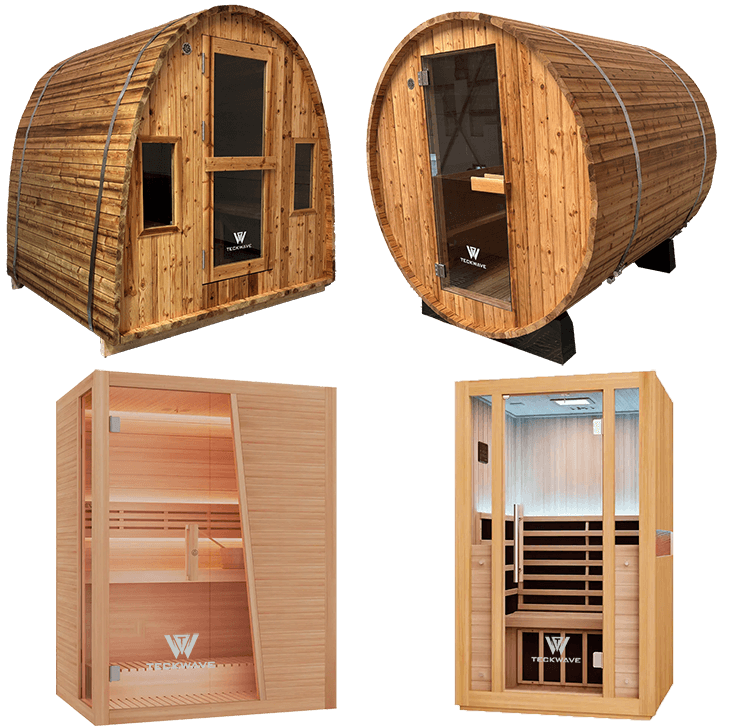When shopping for a sauna, you might come across something called a hybrid sauna — a unit that combines both traditional heaters and infrared panels. On the surface, it sounds like the best of both worlds: the high heat and steam of a traditional sauna paired with the deep-penetrating warmth of infrared. But before you get sold on this “upgrade,” here’s why we strongly recommend choosing either traditional or infrared — not both.
What Is a Hybrid Sauna?
A hybrid sauna is equipped with two heating systems:
-
A traditional heater (usually electric or wood-fired) that heats the air inside the cabin.
-
Infrared panels that emit radiant heat to directly warm your body.
The idea is to give you flexibility and enhanced benefits. But in practice, it often leads to more problems than perks.
Too Much Heat = Shorter Lifespan
Infrared panels are built with sensitive electronic components designed to work at lower operating temperatures. When these panels are installed in the same cabin as a traditional heater — which can raise ambient temperatures to 80°C or more — those electronics are exposed to extreme conditions they weren’t designed for.
Over time, this leads to:
-
Component failures
-
Burned-out panels
-
Malfunctioning control systems
In short, the two systems are not built to coexist in the same space long-term. Repairs can be costly, and replacements are often not covered under warranty if the damage is due to heat exposure.
Redundant Heating: Two Systems Doing the Same Thing
Here’s the other truth no one talks about: you don’t really need both heating methods. Whether you’re sweating it out in a traditional sauna or enjoying the slow, deep heat of infrared, the ultimate goal is the same — to raise your core body temperature and trigger the health benefits of heat exposure.
Using both systems in the same session doesn’t enhance results. It just increases energy use, complexity, and risk of breakdown. So you end up paying more for a feature you likely won’t even use.
More Parts = More Problems
Hybrid saunas are inherently more complicated:
-
More wiring
-
More electronics
-
More heat sources
-
More potential points of failure
This means higher chances of something going wrong, and when it does, diagnosing and repairing a hybrid system can be a lot more difficult and expensive compared to a straightforward traditional or infrared unit.
So Which One Should You Choose?
We recommend choosing based on your personal preferences:
-
Choose a traditional sauna if you enjoy intense heat, steam (with water poured on stones), and a more classic spa-like atmosphere.
-
Choose an infrared sauna if you prefer lower temperatures, direct body heating, faster setup, and energy efficiency.
By committing to one heating system, you get a more durable, focused, and long-lasting product — without the unnecessary complications.
Final Thoughts
Hybrid saunas might seem like a clever upgrade, but in reality, they combine two systems that aren’t designed to work together in the same space. The result? A higher chance of failure, more maintenance costs, and no real added value.
Stick with a single, well-designed sauna system that fits your lifestyle — and you’ll enjoy better performance, longer product life, and peace of mind.





